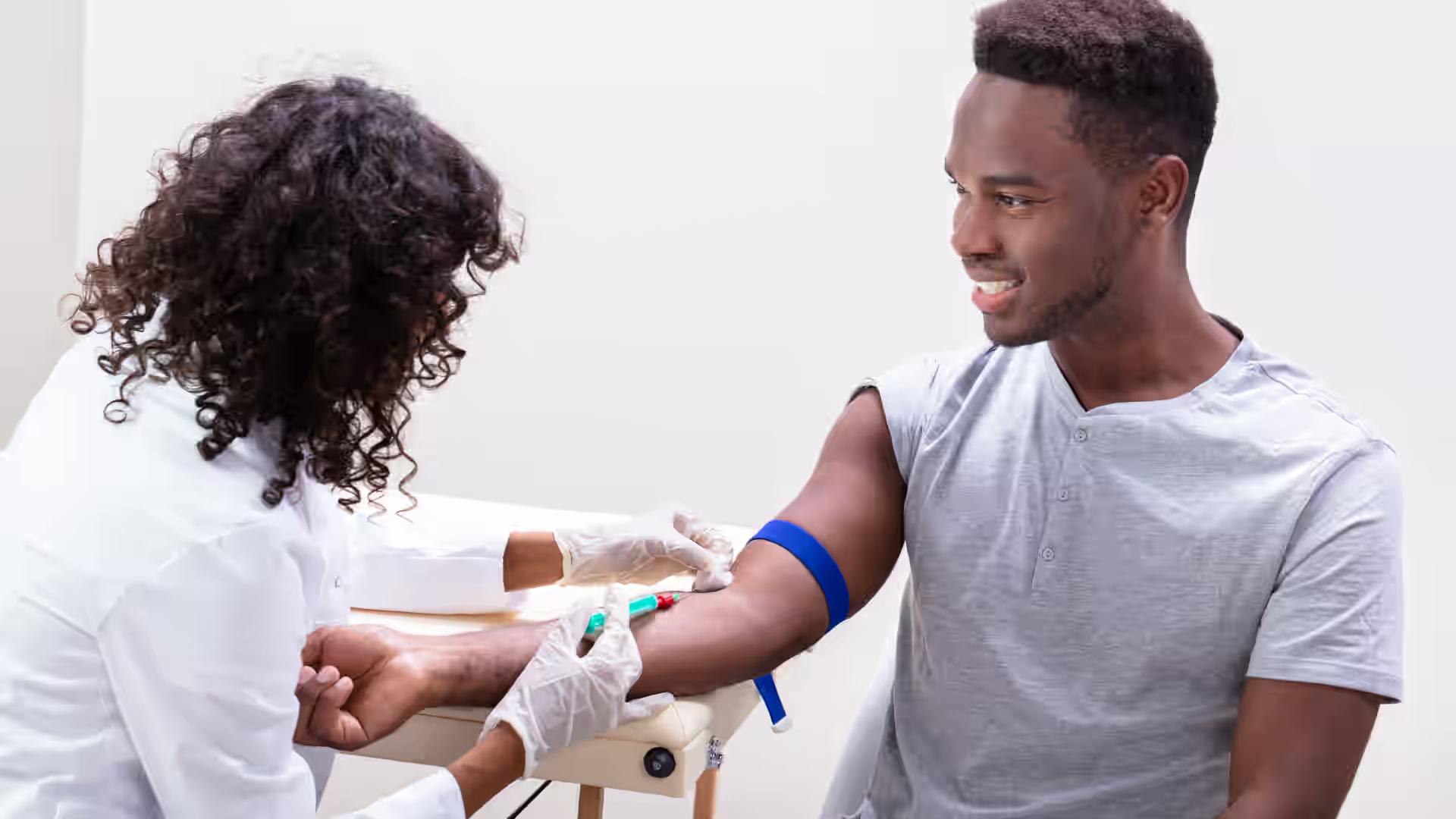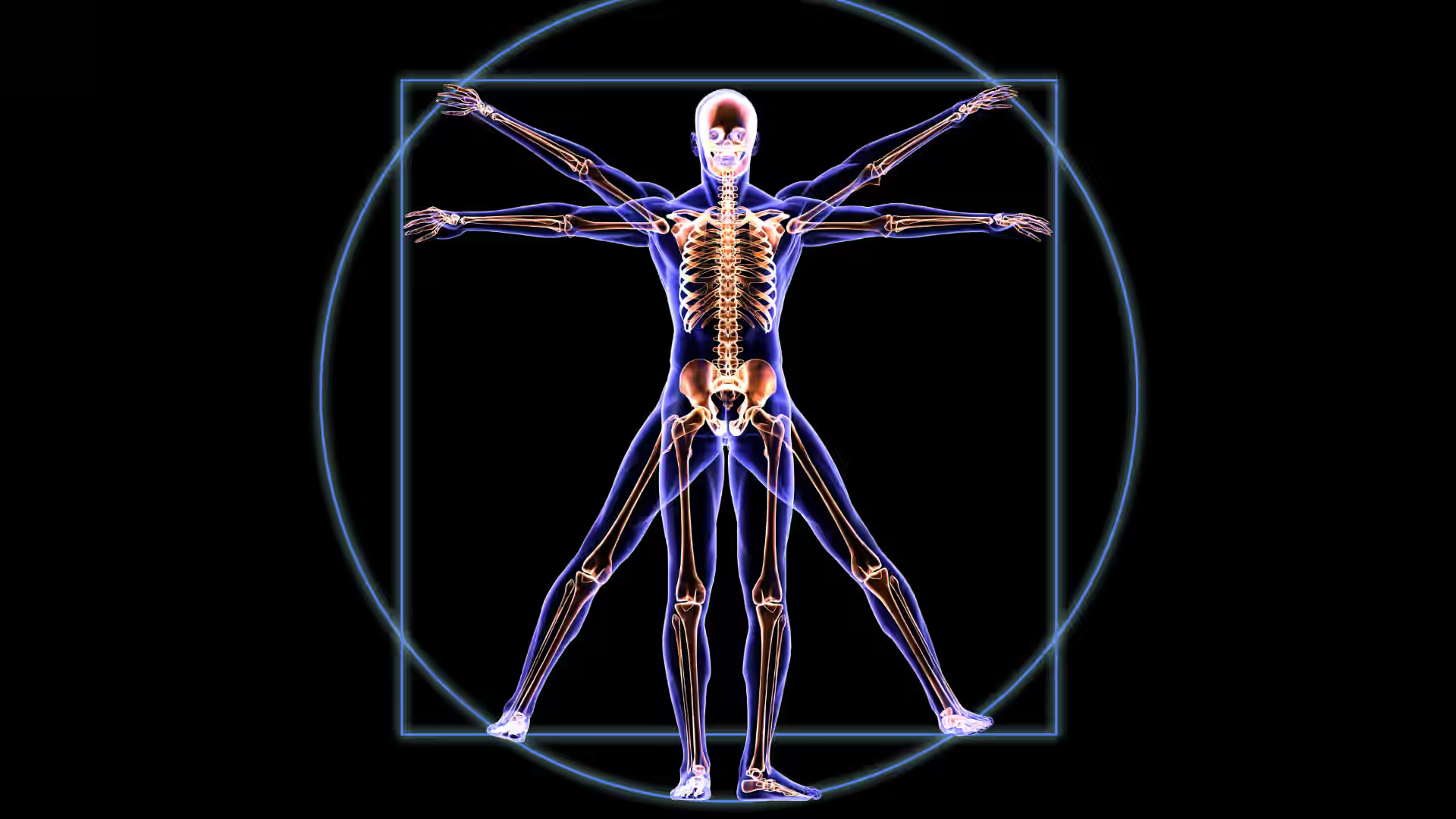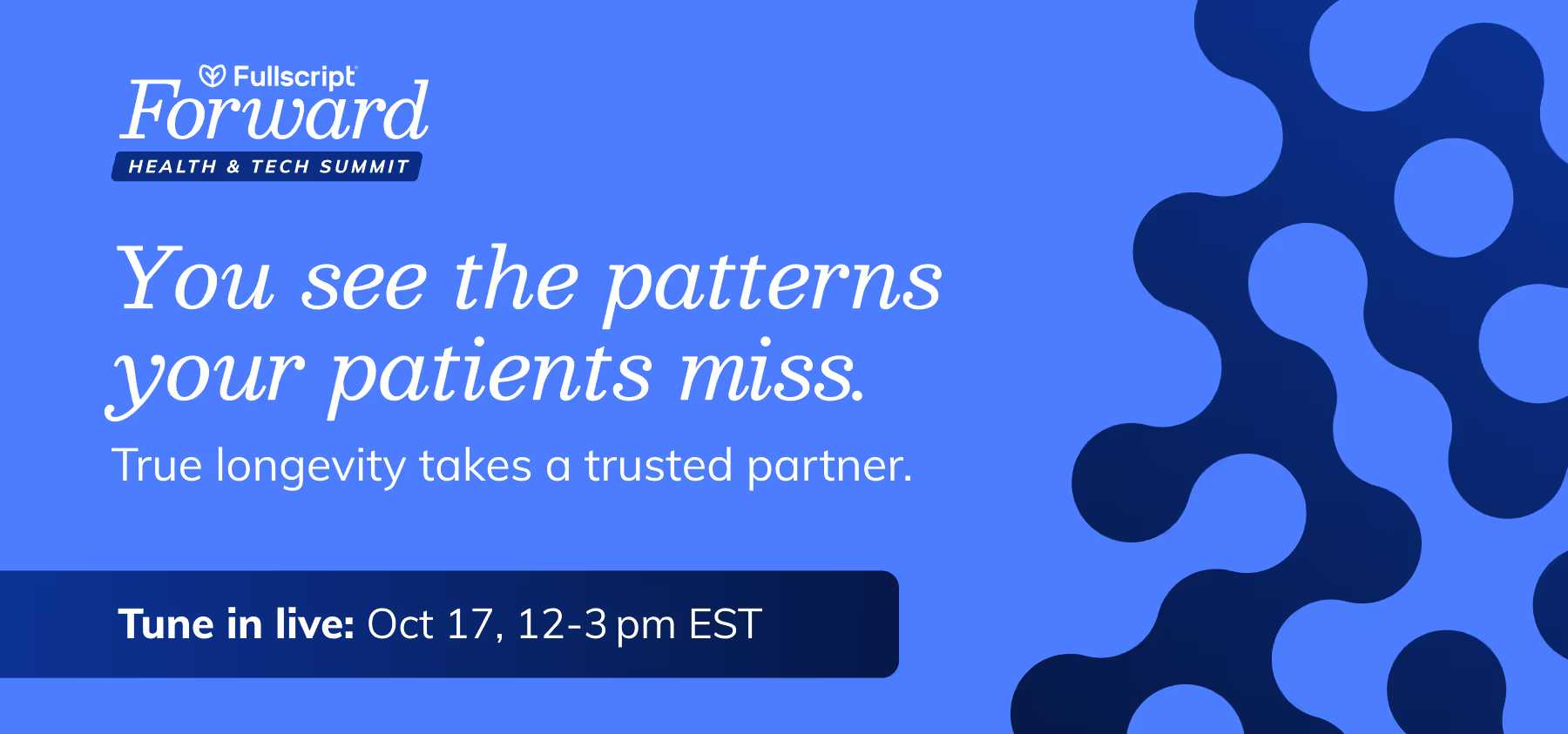Imagine being told your baby has a rare condition affecting about 1 in 10,000 births. For families facing a diagnosis of Trisomy 13 (Patau Syndrome), this is a life-altering reality.
Trisomy 13 occurs when an extra copy of chromosome 13 disrupts normal growth and development. This genetic disorder, though not widely known, can lead to significant health challenges.
Learning about Trisomy 13 can be overwhelming for parents, leaving them with many questions and uncertainties. But with proper information and support, families can better navigate these challenges.
This article guides you through the essentials of Trisomy 13, from diagnosis to available resources. Whether you’re a caregiver, healthcare professional, or simply seeking information, this offers clear, compassionate insights to help you better understand and cope with this complex condition.
[signup]
What is Trisomy 13?
Trisomy 13, or Patau Syndrome, is a rare genetic condition where an individual has three copies of chromosome 13 instead of the usual two. This extra chromosome can affect the development of the body and brain, leading to a range of health challenges, some of which may be severe.
Historical Insight: Patau syndrome is named after Swiss geneticist Dr. Klaus Patau, who first described the condition in 1960. Dr. Patau and his team discovered that the syndrome is caused by an extra chromosome 13. Following a common medical tradition, the condition was named in recognition of Dr. Patau's significant contribution to understanding its genetic basis.
Genetic Basis of Trisomy 13
Chromosomes are structures in our cells that carry the genetic information we inherit from our parents. Normally, individuals have 46 chromosomes, or 23 pairs. In Trisomy 13, there is an extra copy of chromosome 13, resulting in 47 chromosomes. This extra chromosome can disrupt the normal development of the body and brain, leading to various health challenges.
In some cases, the extra chromosome may not be present in every cell, a condition called mosaicism. This means some cells have the extra chromosome while others don't. The severity of the condition can vary depending on how many cells are affected by this change.
Prevalence and Demographics
Trisomy 13 is rare, affecting fewer than 50,000 individuals in the U.S. It occurs more frequently in females. Despite its rarity, the condition has a significant impact on affected families, often leading to serious medical and developmental challenges. Most infants with Trisomy 13 experience multiple health issues, such as heart defects and brain abnormalities. Studies suggest that approximately 10% of infants with Trisomy 13 survive beyond their first year, though individual outcomes may vary.
Causes and Risk Factors
While the genetic cause of Trisomy 13 is well understood, the exact reasons why some pregnancies are affected by this condition are not always clear. Trisomy 13 is typically caused by random genetic errors during egg or sperm formation, which leads to an extra chromosome 13. While some factors can increase the likelihood of the condition, there is no way to predict or prevent it in most cases.
Genetic Mutations
The extra chromosome 13 usually results from nondisjunction, a random error during cell division when chromosomes fail to separate properly. This results in an extra chromosome in one reproductive cell. When this cell joins with a normal cell from the other parent, the embryo ends up with three copies of chromosome 13.
In rarer cases, Trisomy 13 can result from a chromosomal translocation, where part of chromosome 13 attaches to another chromosome. Parents who carry this type of translocation may not show symptoms but could pass on the extra genetic material to their children.
To help visualize this, let’s look at it like a jigsaw puzzle:
Imagine putting together a jigsaw puzzle where each piece represents a chromosome. Usually, you need 46 pieces (23 pairs), but sometimes an extra piece gets grabbed by mistake. In Trisomy 13, that extra piece causes the puzzle to have 47 pieces instead of 46. Each chromosome contains crucial genetic information; an extra chromosome 13 disrupts this balance, leading to developmental differences.
In rarer cases, a puzzle piece from chromosome 13 might stick to another piece during sorting, called a translocation. This means a parent might not show any signs of the condition but could still pass on the extra genetic material to their child.
Maternal Age and Other Risk Factors
Maternal age is a known risk factor for Trisomy 13. Women over 35 have a higher risk of chromosomal abnormalities, including Trisomy 13, due to age-related changes in egg quality. However, the condition can also occur in younger women, and most cases happen in the absence of any known risk factors.
There are no well-established lifestyle or environmental factors linked to Trisomy 13. It is generally not inherited, though a parent with a balanced chromosomal translocation may have an increased risk of passing the condition to future children.
Symptoms and Diagnosis
Understanding the symptoms and diagnostic methods for Trisomy 13 is key for families and healthcare providers in navigating the challenges this rare condition presents.
Common Symptoms of Trisomy 13
Trisomy 13 presents with a range of physical and neurological symptoms, and their severity can vary greatly. With proper care and support, individuals can lead fulfilling lives. While each case is unique, certain common patterns can help with early identification.
Physical Characteristics

Common physical features of Trisomy 13 include:
- Cleft lip and/or palate
- Scalp defects (cutis aplasia)
- Small or underdeveloped eyes
- Microcephaly (small head)
- Extra fingers or toes (polydactyly)
- Heart defects
- Kidney problems
These characteristics may not appear in every case but can signal the need for further testing. In some cases, prenatal ultrasounds may identify these features, which can prompt additional testing.
Neurological Impacts
Neurological effects often include severe developmental delays, intellectual disabilities, and brain malformations. These brain abnormalities can affect motor skills, speech, and cognitive development. Some children may also experience seizures or coordination issues, with severity varying among individuals.
Diagnostic Methods
Confirming a diagnosis of Trisomy 13 typically involves medical testing before and after birth. Early diagnosis is essential for providing families with the information they need to make informed care decisions.
Prenatal Screening Techniques
Prenatal screenings help identify an increased risk of Trisomy 13. These may include:
- Blood tests: The first-trimester screening measures markers in the mother's blood, which, when combined with an ultrasound, can assess the risk of chromosomal abnormalities. However, these screenings can only suggest a risk, not provide a definitive diagnosis.
- Chorionic Villus Sampling (CVS): A more accurate test, typically performed between 10 and 13 weeks of pregnancy, involves taking a sample from the placenta to check for chromosomal abnormalities.
- Amniocentesis: Performed between 14 and 20 weeks, this test involves collecting amniotic fluid to analyze the chromosomes.
Although these prenatal tests can indicate a potential issue, the diagnosis is usually confirmed after birth.
Postnatal Diagnostic Procedures
Trisomy 13 is confirmed after birth with a karyotype test, which analyzes the chromosomes from a blood sample to detect the extra chromosome 13. This is the most reliable method for diagnosing Trisomy 13.
Other tests, such as fluorescence in situ hybridization (FISH), may also be used for confirmation, but they are less common.
Differential Diagnosis
Trisomy 13 shares features with other chromosomal conditions, making it difficult to diagnose based on physical traits alone. Conditions such as Down syndrome (Trisomy 21) and Edwards syndrome (Trisomy 18) have overlapping symptoms, but each has distinct characteristics.
Genetic testing is essential for a definitive diagnosis. Healthcare professionals should use all available diagnostic tools, including genetic testing, to avoid misdiagnosis and ensure families receive accurate information.
Treatment and Management
Care decisions should be made collaboratively between the family and healthcare providers, taking into account the unique needs of the child. While the condition cannot be prevented, various medical interventions, therapies, and long-term care strategies can help address symptoms and improve quality of life. Medical InterventionsMedical interventions aim to address the health challenges associated with Trisomy 13, such as heart defects, cleft lip/palate, and developmental delays.
Surgical OptionsSurgery may be needed for conditions like cleft lip/palate or heart defects. Depending on the individual case, these procedures may help improve functions such as eating, speaking, and breathing. Surgical decisions are based on the child’s overall health and specific needs, with the risks and benefits carefully considered.
Supportive Therapies
Supportive therapies help improve daily functioning and development. These therapies can be adjusted as the child grows and their needs change. Common therapies include:
- Physical therapy: Enhances motor skills and mobility
- Occupational therapy: Supports daily living skills
- Speech therapy: Improves communication and swallowing
- Feeding therapy: Addresses feeding and digestion challenges
Long-Term Management
Long-term care for children with Trisomy 13 requires ongoing monitoring and a collaborative approach involving a team of healthcare providers to manage the child’s health.
A coordinated care team, which includes pediatricians, cardiologists, neurologists, and therapists, provides comprehensive care. Regular follow-ups and care adjustments help ensure the child receives appropriate treatments and therapies.
The focus is on providing comfort and support, with decisions tailored to the child’s needs and the family’s preferences.
Living with Trisomy 13
Living with Trisomy 13 presents unique challenges, but with the proper support, families can better manage these difficulties and find ways to cope and adapt.
Family Support and Resources
For families facing a Trisomy 13 diagnosis, finding emotional support and practical resources can provide comfort. Connecting with others who understand the experience helps families feel less isolated.
Support groups and organizations, like SOFT, offer a community to share experiences and access helpful resources. Many of these groups also advocate for awareness, assist with navigating healthcare systems, and offer financial support. In addition, these organizations work to ensure that affected families are connected to essential resources.
Caring for a child with Trisomy 13 can be emotionally challenging. Professional counseling and mental health services help parents and caregivers cope with the stress, grief, and anxiety associated with the condition. These services also provide strategies for improving mental well-being and strengthening family resilience.
Educational and Social Considerations
In addition to medical care, addressing the educational and social needs of children with Trisomy 13 is important. Ensuring access to appropriate resources and social opportunities is key to their development.
Children with Trisomy 13 can benefit from tailored educational programs that include therapies such as speech and physical therapy. An individualized education plan (IEP) ensures they receive the support needed to succeed in school. Collaboration between educators, therapists, and families can help create a learning plan that fosters growth while respecting the child’s pace and abilities.
Social Integration and Community Support
Social integration is necessary for emotional development and self-esteem. Opportunities for children with Trisomy 13 to engage with peers and participate in community activities can foster a sense of belonging. Families often find support in local community organizations that offer inclusive programs, promoting socialization and interaction with others.
Counterarguments and Ethical Considerations
Treatment options, prenatal screening, and discussions around the quality of life, disability, and medical interventions raise important ethical considerations for families and healthcare providers. These considerations can affect decisions on how best to care for a child with this condition.
There are different viewpoints on the best treatment approach for children with Trisomy 13. Some families choose medical interventions to address health concerns, while others focus on comfort and quality of life. The decision often depends on the child’s health needs, the severity of the condition, and family preferences. Families and healthcare providers must work together to determine the best approach, balancing medical options with the child’s well-being. The ongoing debate centers on what constitutes a meaningful and fulfilling life for those living with Trisomy 13 and involves complex ethical considerations and personal perspectives.
Ethical Implications of Prenatal Screening
Prenatal screening for Trisomy 13 raises ethical questions, especially regarding pregnancy decisions after a diagnosis. While these tests provide valuable information, they also spark debates about the implications of knowing the diagnosis before birth. These choices are deeply personal and influenced by cultural, religious, and individual beliefs.
The ethical considerations surrounding prenatal screening also involve issues of disability, autonomy, and the value of life. These conversations can be difficult, so families need access to counseling and support as they navigate these decisions.
While Trisomy 13 brings many challenges, each individual’s needs are unique, and with proper care, they can thrive in their own way.
[signup]
Key Takeaways
- Trisomy 13 (Patau syndrome) is a rare genetic condition caused by an extra chromosome 13, leading to a range of developmental, physical, and neurological challenges. Common symptoms include cleft lip and palate, heart defects, brain malformations, and intellectual disabilities.
- Diagnosis can be confirmed through prenatal screening (blood tests, ultrasounds) and more definitive tests such as amniocentesis or chorionic villus sampling. After birth, a karyotype test can provide confirmation by analyzing the chromosomes.
- Families facing a Trisomy 13 diagnosis benefit from emotional support, counseling, and connecting with support groups and organizations. These resources offer guidance, help manage stress, and provide a sense of community.
- Living with Trisomy 13 presents unique medical, emotional, and social challenges. A collaborative, compassionate approach is key to helping families navigate these difficulties with comfort and dignity. This includes family support, tailored educational strategies, and long-term care planning. Together, these efforts focus on the child’s health and well-being.
Consider reaching out to support networks, seeking counseling, and exploring resources to navigate life with Trisomy 13.






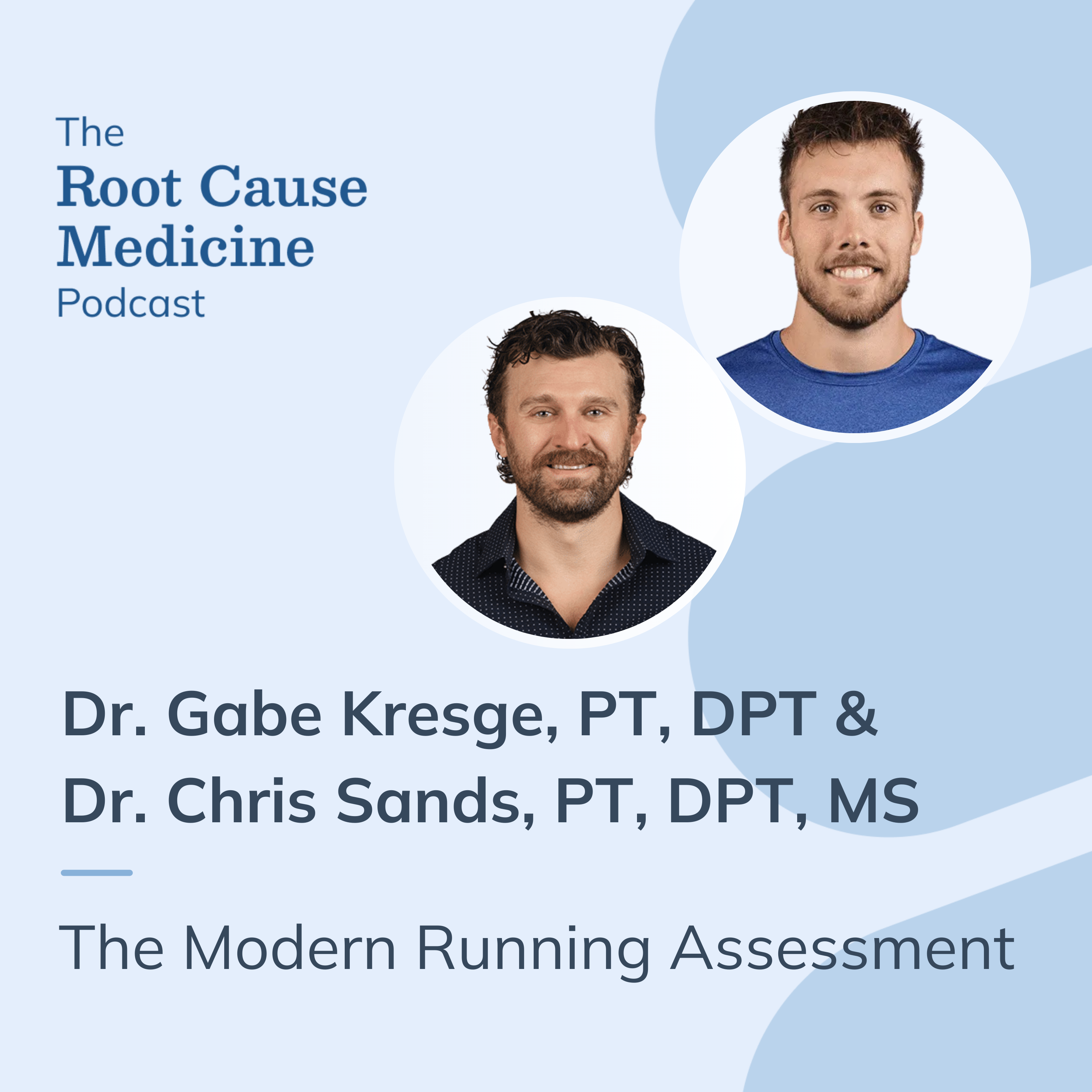

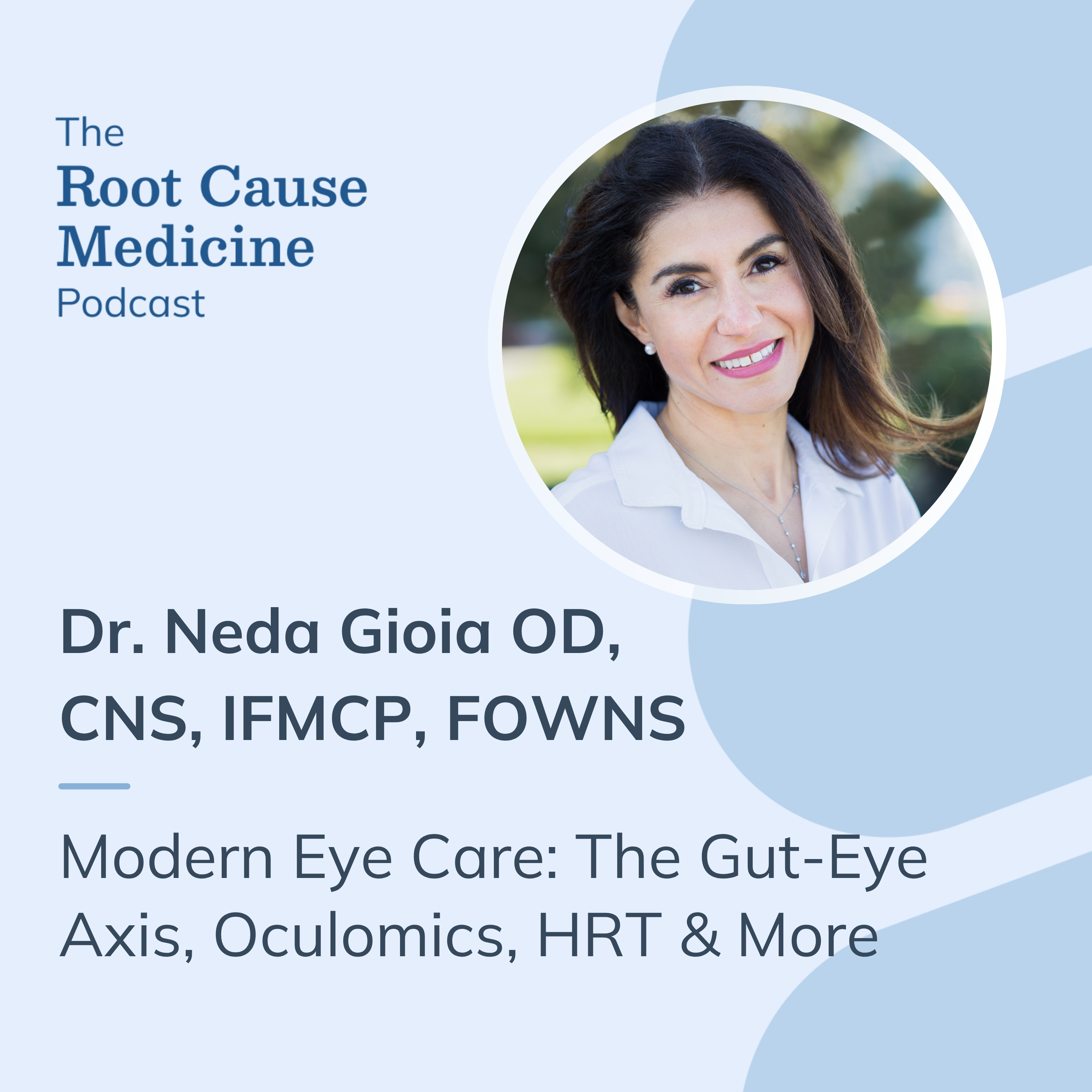
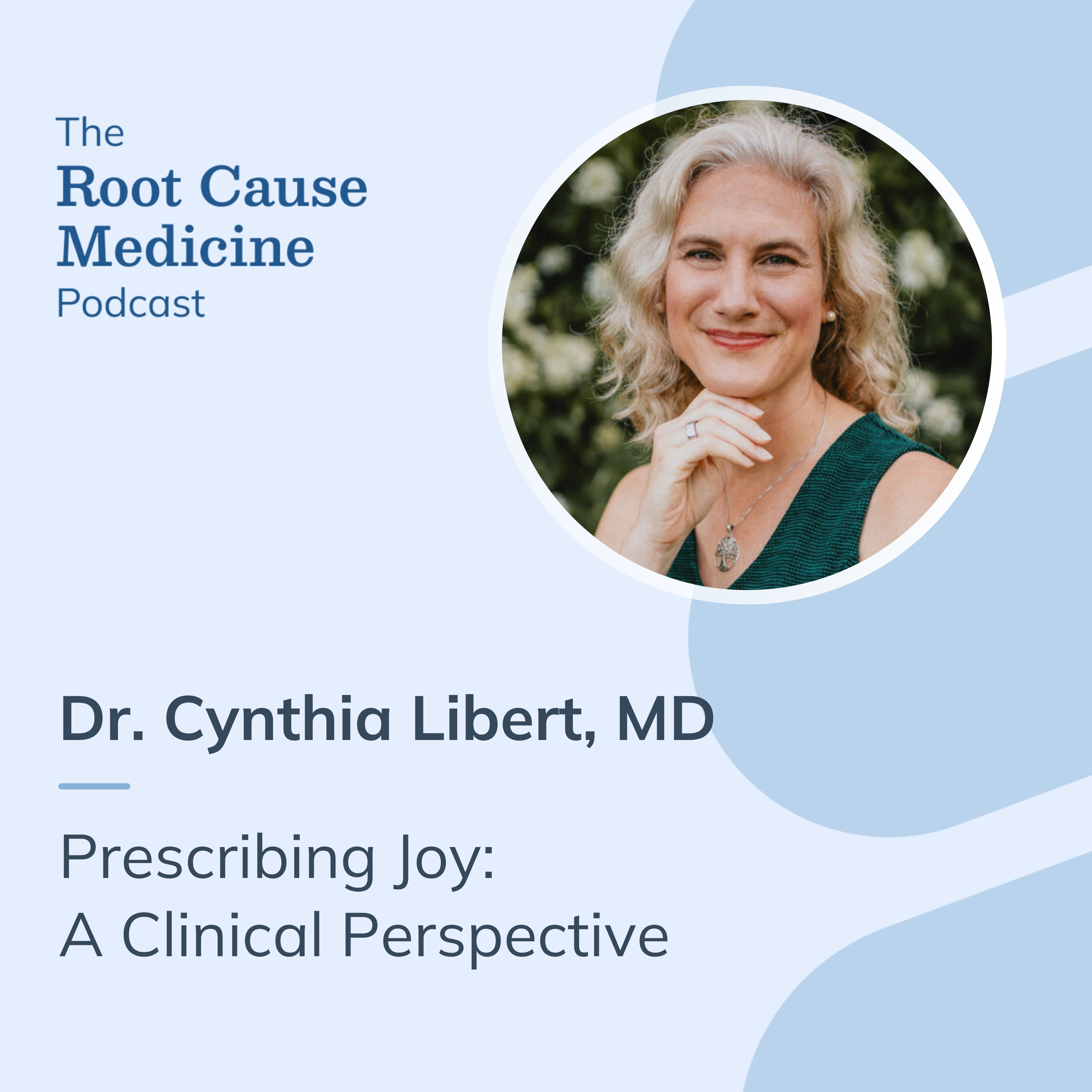


%201.svg)




